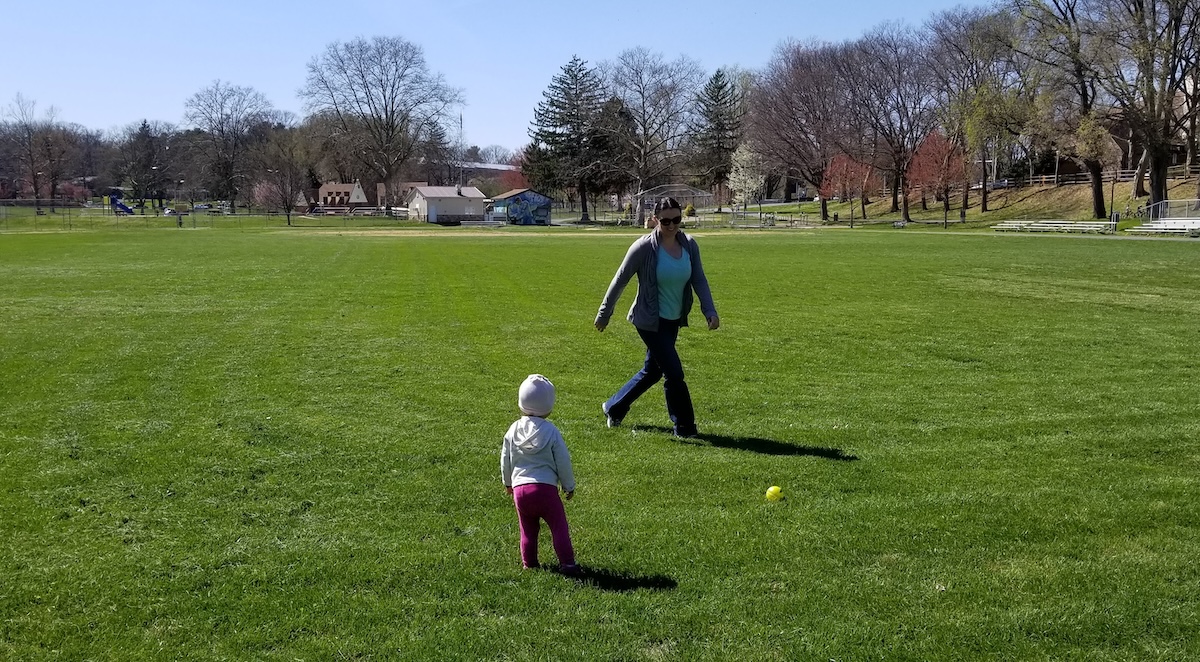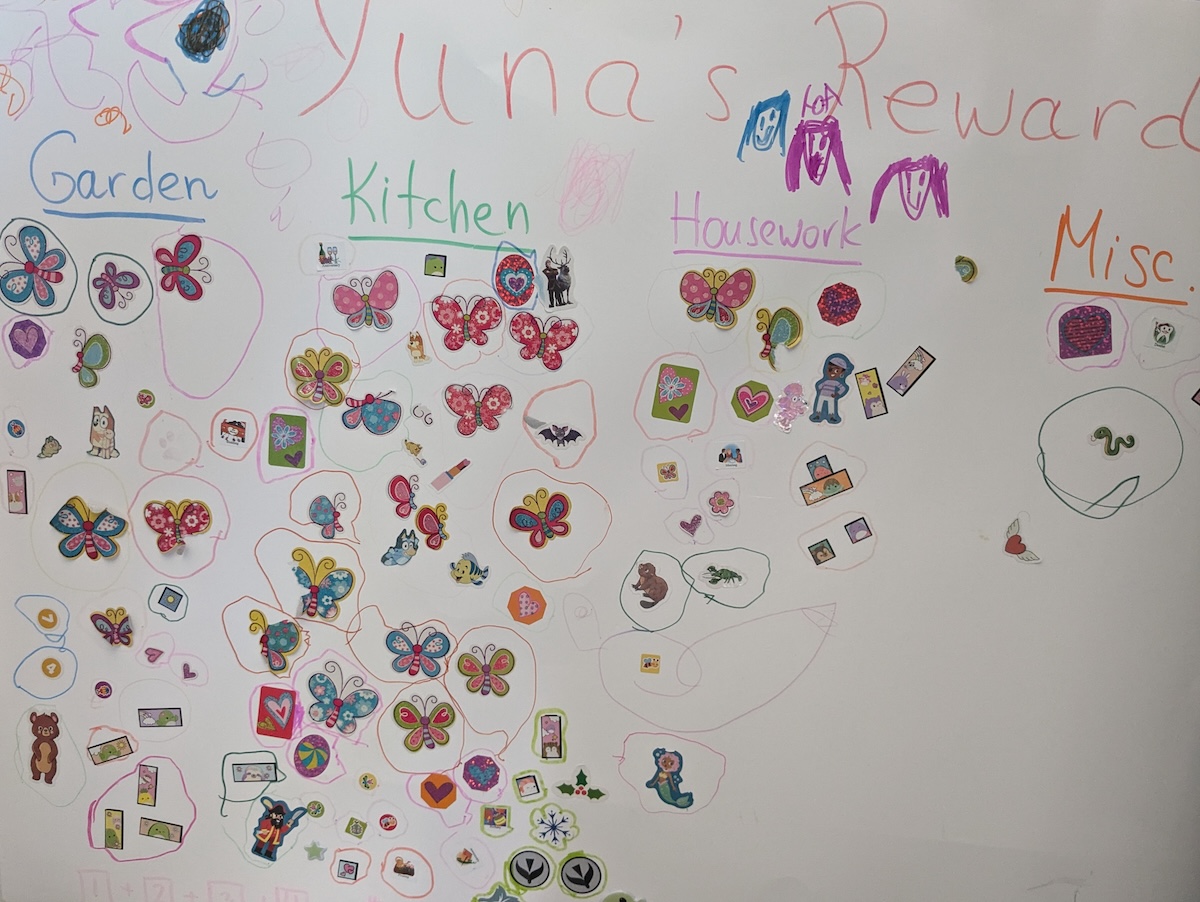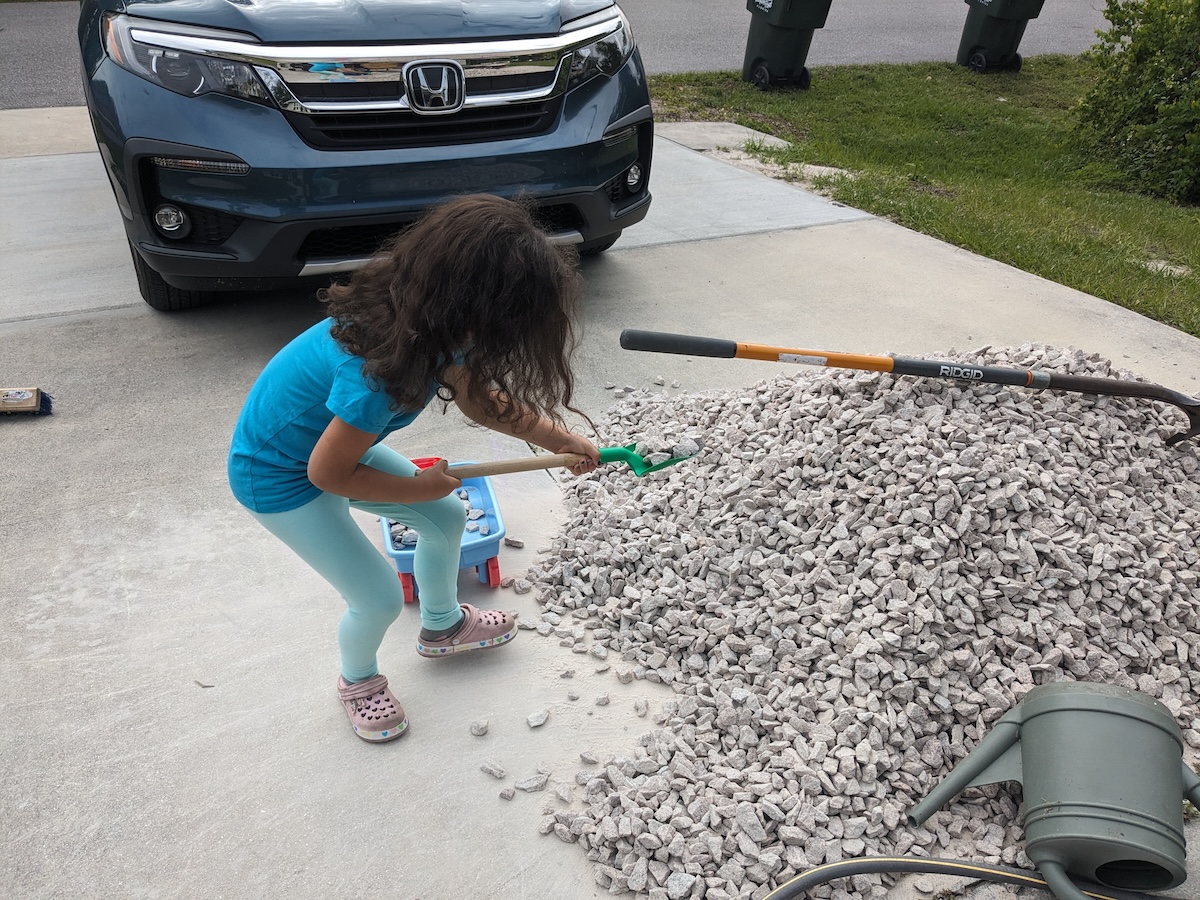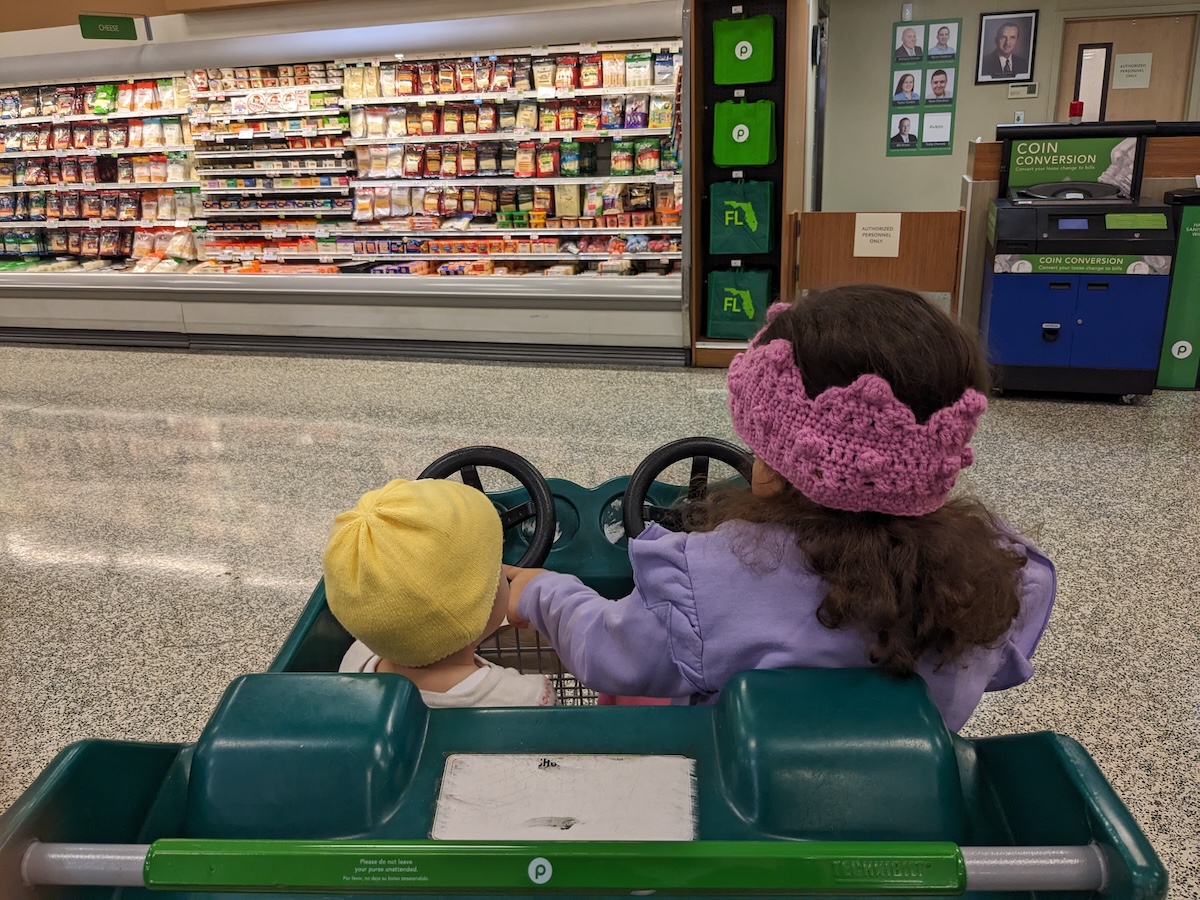In our household, we believe in teaching our children the wild and free way. Tatiana and I have been on a journey of living a healthier and more fulfilling life since we met. It was a natural progression that we’d come to this way of raising our kids.
When Tatiana joined a group of wild and free moms and read the book “The Call of the Wild and Free: Reclaiming the Wonder in Your Child’s Education, A New Way to Homeschool,” she found the roadmap to our interest-based learning journey for our kids. This approach resonated with our own experiences and beliefs about education and personal growth.
The Limitations of Traditional Schooling
Let’s face it: traditional schooling, instead of fostering creativity, often stifles it. From my personal learning journey, I can tell that much of what I did in many hours of schooling was memorize information to pass tests and move on to the next grade. While some skills, like mental math, have been beneficial, many classes felt irrelevant or poorly timed for my mental readiness.
I remember a challenging college course that I initially struggled with. I withdrew from it in my sophomore year after failing the first test. Even my academically inclined friend barely passed. I decided to tackle it when I felt ready, and by the end of my college career, it was the last hurdle before my degree. At that point, I was motivated and prepared. I ended up acing the class, motivated by my interest and the desire to succeed.
After graduating, I started working on projects that I really enjoyed and soon realized I was learning so much more outside of formal education. Why? Because when I’m interested in a subject, my attention is fully engaged, and I’m open to absorbing all the necessary information. I discovered that I love learning and reading, but only about topics that genuinely interest me.
The Wild and Free Approach to Learning

We want our children to have a different experience with academics. We aim to feed their curiosity: the wild and free way. But what exactly is this approach?
The “wild and free” philosophy of parenting is a nature-based, child-centered approach that emphasizes allowing children the freedom to explore, play, and learn in natural environments without the constraints of excessive structure or technology. It’s rooted in the belief that children thrive when given the space to discover the world on their own terms.
Key principles of “wild and free” parenting include:
- Nature Immersion: Children spend significant time outdoors, engaging with the natural world. This fosters creativity, problem-solving skills, and a sense of wonder.
- Minimal Technology: Screen time is limited, encouraging more face-to-face interaction, physical play, and real-world engagement.
- Unstructured Play: Play is frequently open-ended, allowing children to explore and make decisions without strict rules.
- Curiosity-Driven Learning: Education is viewed as an organic process where children’s natural interests guide their learning journey.
- Freedom Within Boundaries: While children are given ample freedom to explore, parents still provide necessary boundaries to ensure safety and instill values.
This approach contrasts with more structured or technology-heavy parenting styles, aiming instead to nurture creativity, resilience, and emotional well-being through a closer connection to nature and simpler, more hands-on experiences.
Applying Wild and Free Principles to Financial Education

Making Money Tangible
We started introducing real money to our daughter, Yuna, when she was about three years old. There’s no “allowance” in our home—our kids have to earn their money. We set up a sticker board for Yuna. For doing chores like gardening or helping with dishes, she gets stickers worth 25 cents each. She can exchange them for real money once she reaches $1.
Sometimes, she hits the jackpot. Once, while I was redoing the front landscaping, Yuna wanted to help move stones. After her hard work, I surprised her with a $10 pay, explaining how more challenging labor deserves higher compensation.

Real-World Money Experiences
Yuna loves ice cream, as does the rest of our family. We use these occasions as opportunities for Yuna to handle real money in real-life situations. She sometimes pays the cashier herself, learning about money exchange for goods.
Now that she’s six, I’m considering printing play money for her to use at home. We might even use it to replace Monopoly money when she’s ready to play in a couple of years.

Money Adventures: Discovering New Currencies Through Travel
Our family’s love for travel has opened up exciting opportunities to expand Yuna’s financial education beyond our local currency. During our trips, we make it a point to introduce Yuna to the concept of different currencies and their values.
For instance, during our visit to the Dominican Republic, we used cash more often than we typically would at home. This gave Yuna numerous chances to see and handle pesos, the local currency. We encouraged her to observe the differences in the colors, sizes, and designs of the bills and coins compared to U.S. dollars.
These travel experiences have become impromptu lessons in global economics. We discuss with Yuna how the same item might cost a different amount in pesos than in dollars, introducing the concept of exchange rates in a practical, hands-on way. We also talk about how the cost of things can vary between countries, touching on ideas like purchasing power and cost of living differences.
By incorporating these real-world, international money experiences into our travels, we’re nurturing Yuna’s curiosity about the wider world while simultaneously broadening her financial literacy. It’s a beautiful blend of cultural education and practical money skills that aligns perfectly with our wild and free approach to learning.
Teaching Savings and Lending
I’ve noticed that Yuna has a natural inclination towards saving. She doesn’t spend just because she has money. Since we take care of her needs, her money is used for wants, like ice cream. Sometimes, when we need small bills for tipping, we borrow from her, teaching her about lending and repayment.
Balancing Wants and Needs
We address the difference between wants and needs whenever the opportunity arises. For example, we explain that eating is a need, but going to a restaurant is a want. We use these moments to discuss budgeting and making choices about spending.
Teaching Value for Money
In addition to distinguishing between wants and needs, we try to teach our children how to get more value for their money. This is an essential skill that combines financial literacy with practical decision-making.
- Taking Advantage of Deals: We introduce Yuna to the concept of BOGO (Buy One, Get One Free) deals at stores. We explain how these offers can help us get more for our money, teaching her to be a savvy shopper from an early age.
- Understanding Discounts: We actively involve Yuna in our shopping experiences, showing her how we look for and use discounts. This helps her understand that patience and research can lead to better deals.
- Comparing Prices: We teach her how some items are more expensive than others, even if they serve the same purpose. This introduces the concept of comparison shopping and making informed decisions based on price and value.
- Visualizing Large Purchases: When Yuna expresses desire for expensive items, we use relatable comparisons to help her understand the cost. For instance, when she wanted a Frozen bunk bed that cost around $1,000, we broke it down into terms she could understand. We calculated how many ice cream treats that money could buy (at $5 for a 2-scoop bowl, that’s 200 ice creams!). This visual comparison helped her grasp the concepts of opportunity cost and delayed gratification.
- Quality vs. Price: We’re also beginning to introduce the idea that sometimes paying more for a higher-quality item can save money in the long run. This is a more advanced concept, but we’re laying the groundwork for understanding value beyond just the price tag.

By incorporating these lessons into our daily lives, we’re helping Yuna develop a nuanced understanding of money. She’s learning not just how to earn and save, but how to spend wisely and get the most value from her money. These are skills that will serve her well throughout her life, helping her make informed financial decisions as she grows.
Future Plans for Financial Education
As we look forward to building our new home with more land, we’re excited about the possibilities for new money and work games. We’ve invested in a wood chipper for our many tree limbs, and we might have the kids collect wood sticks in exchange for money, teaching them about work and compensation in a practical, nature-based way.
Final Thoughts
Raising money-smart kids the wild and free way is about more than just teaching financial concepts. It’s about fostering a holistic understanding of value, work, and decision-making. By integrating these lessons into our children’s natural exploration of the world, we’re not just preparing them for financial independence—we’re empowering them to lead fulfilling, purposeful lives.
Our goal isn’t to push our children out of the nest as soon as they turn 18. Instead, we’re preparing them to be capable stewards of our family’s resources and values. We want to give them the knowledge to build their own financial security, making the concept of financial independence exciting and attainable.
By combining the principles of wild and free parenting with practical financial education, we’re nurturing children who are not only money-smart but also creative, resilient, and deeply connected to the world around them. It’s a journey of discovery—for them and for us—and we’re excited to see where it leads.
Let’s Continue the Conversation
We’d love to hear about your experiences teaching your kids about money. What innovative methods have you used to make financial concepts enjoyable and engaging for your children? Have you found any particular challenges in balancing the “wild and free” approach with financial education? Share your stories, tips, or questions in the comments below!





